In complex and diverse contemporary society, architectural design and community design require techniques for representing
numerically and visually various information of changes in nature and social environment; furthermore, knowledge, process,
and methodology to find out and solve specific problems in regions and places.
SAWADALAB aims to improve the skills of architectural design to realize social needs, through practical studies for “Problem-finding and solving in the area” and “Emergence of Collaboration” based on System thinking and Design thinking, utilizing BIM (Building Information Modeling) and ICT (Information and Communications Technology).
SAWADALAB aims to improve the skills of architectural design to realize social needs, through practical studies for “Problem-finding and solving in the area” and “Emergence of Collaboration” based on System thinking and Design thinking, utilizing BIM (Building Information Modeling) and ICT (Information and Communications Technology).
- Utilize several digital tools (3-dimensional objective CAD, simulation software, etc.) in combination according to the purpose of verification.
- Understand the concept of System thinking and Design thinking, and apply them to own studies.
- Understand practically the concept of "Objective-thinking" and "BIM-thinking", evaluate objectively the data obtained through survey and analysis.
- Comprehend the architectural plan and environmental design technologies planned and realized in real world, and propose an original plan in oneself.
- Build and practice a design process to find out and solve the problems in specific areas.
- Comprehend the methodology of architectural design (knowledge, process, methods, and technologies) based on System-thinking and Design-thinking, and apply it for own study.
· Practice a design process.
1. Study theme and Process design
2. Observe the target sites and events, gather & organize the specific natural and social environmental information.
3. Analyze the results of various surveys and simulations, and find out the problems.
4. Make a hypothesis and modeling, and make a verification of the method of problem-solving.
5. Advance the solutions, and make a validation of the proposal contents.
6. Conclude the final proposal.
7. Make a persuasive architectural design representation and presentation.
- Comprehend the methodology of architectural design (knowledge, process, methods, and technologies) based on System-thinking and Design-thinking, and apply it for own study.
· Practice a design process.
1. Study theme and Process design
2. Observe the target sites and events, gather & organize the specific natural and social environmental information.
3. Analyze the results of various surveys and simulations, and find out the problems.
4. Make a hypothesis and modeling, and make a verification of the method of problem-solving.
5. Advance the solutions, and make a validation of the proposal contents.
6. Conclude the final proposal.
7. Make a persuasive architectural design representation and presentation.
Your overall grade will be based on the following ratio:
The outcomes of understanding, surveying, and analyzing into the practical study: 30%,
Mid-term announcement: 20%,
Final presentation: 50%,
To pass, students must earn at least 60 points out of 100 by submitting all the above-mentioned performances on time.
The outcomes of understanding, surveying, and analyzing into the practical study: 30%,
Mid-term announcement: 20%,
Final presentation: 50%,
To pass, students must earn at least 60 points out of 100 by submitting all the above-mentioned performances on time.
Reference documents: previous project works, theses, reports, case-studies, and so on in SAWADALAB.’s HP (http://www.sawadalab.se.shibaura-it.ac.jp/)
Acquire the skills of operating BIM Software: such as the 3D-object CAD, various environmental simulations Software, before
this class starts.
- Every Monday: 12:45-13:00, or email each teacher.
- If you will need a face-to-face meeting, you should make an appointment with each teacher by e-mail.
Regionally-oriented graduation thesis, master's thesis and doctoral dissertation
- Course that cultivates an ability for utilizing knowledge
- Course that cultivates a basic interpersonal skills
- Course that cultivates a basic self-management skills
- Course that cultivates a basic problem-solving skills
| Work experience | Work experience and relevance to the course content if applicable |
|---|---|
| Applicable | Teach the architectural design utilizing digital technologies such as BIM and ICT based on Systems thinking and Design thinking using the experiences engaged in architectural design of the architectural industry projects. |
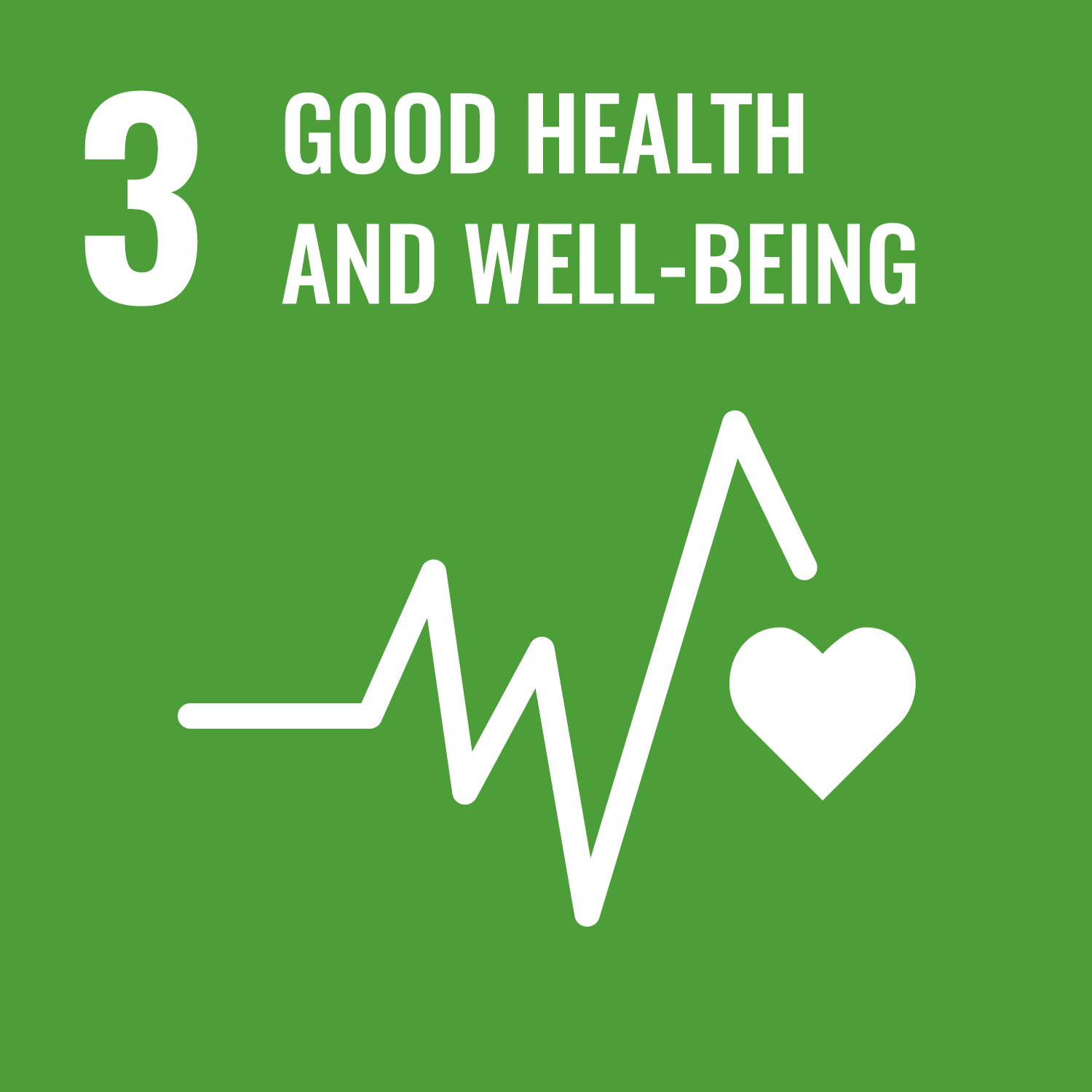

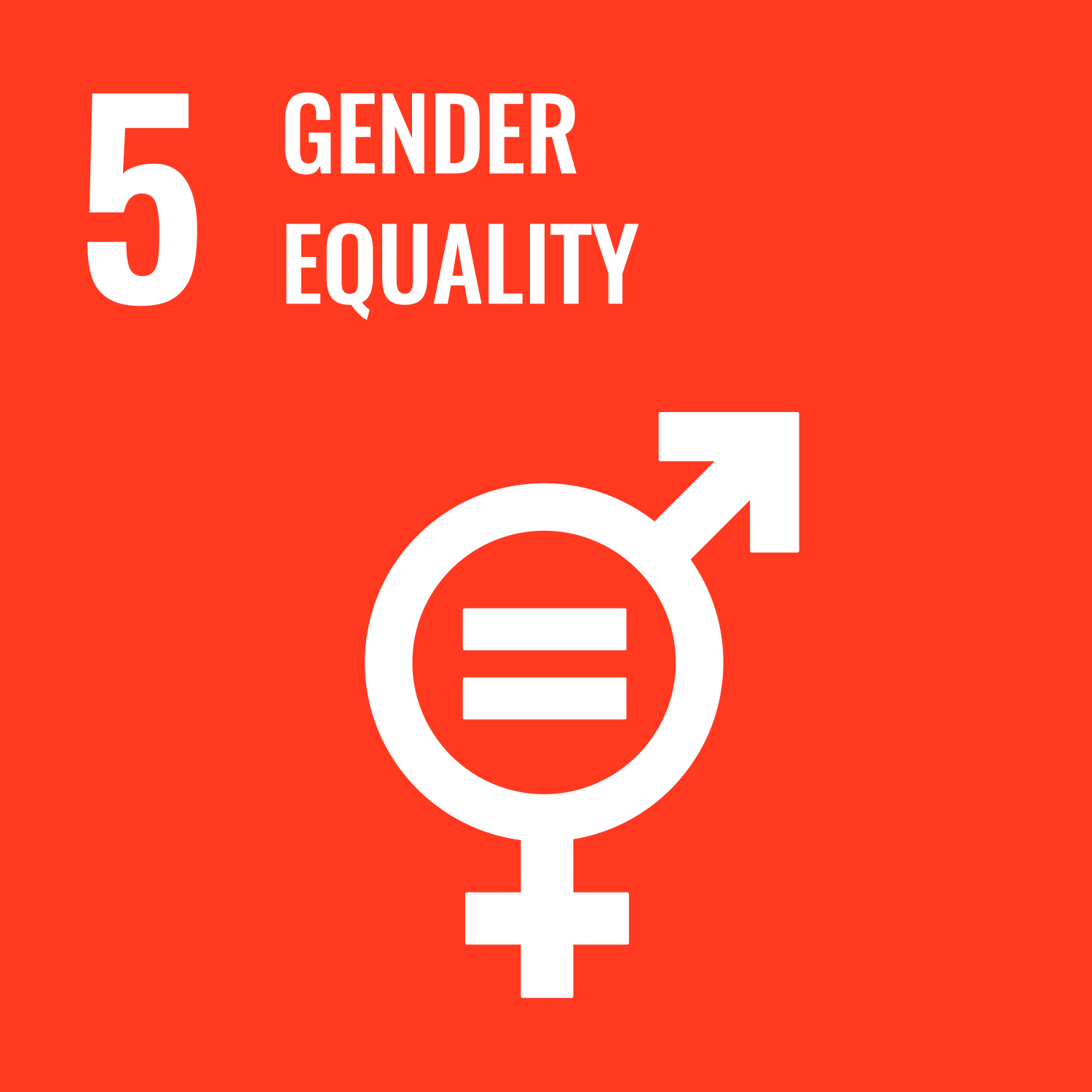
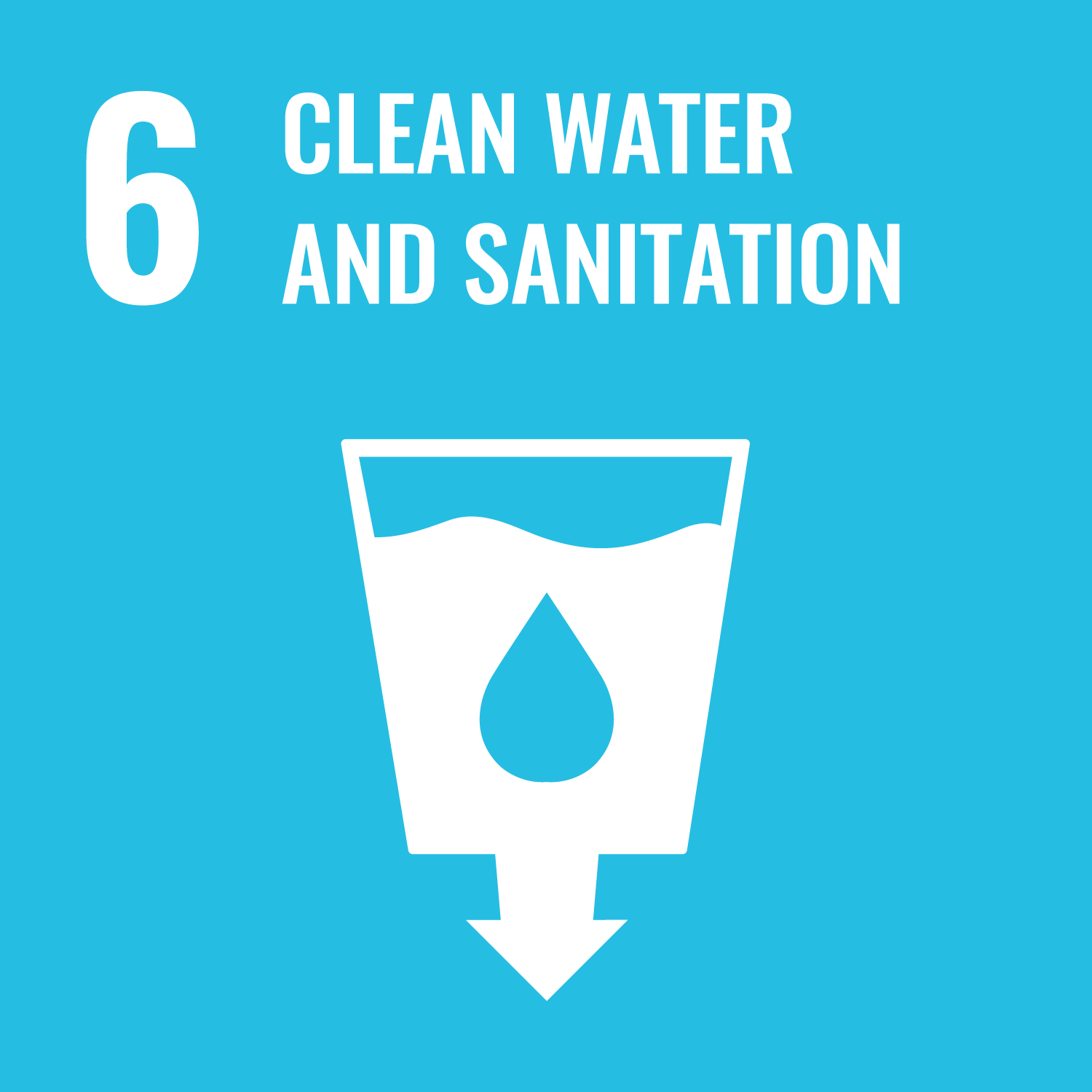
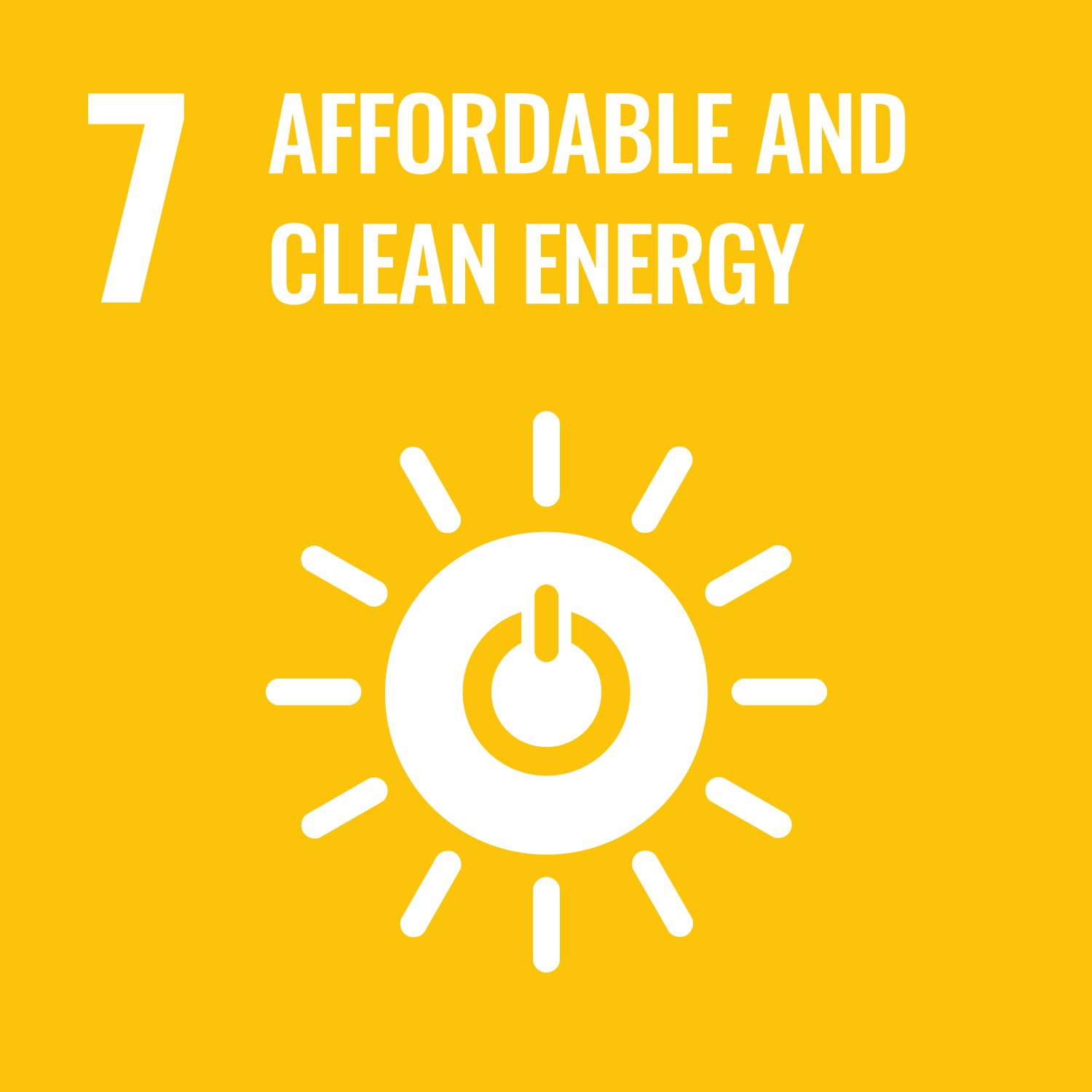
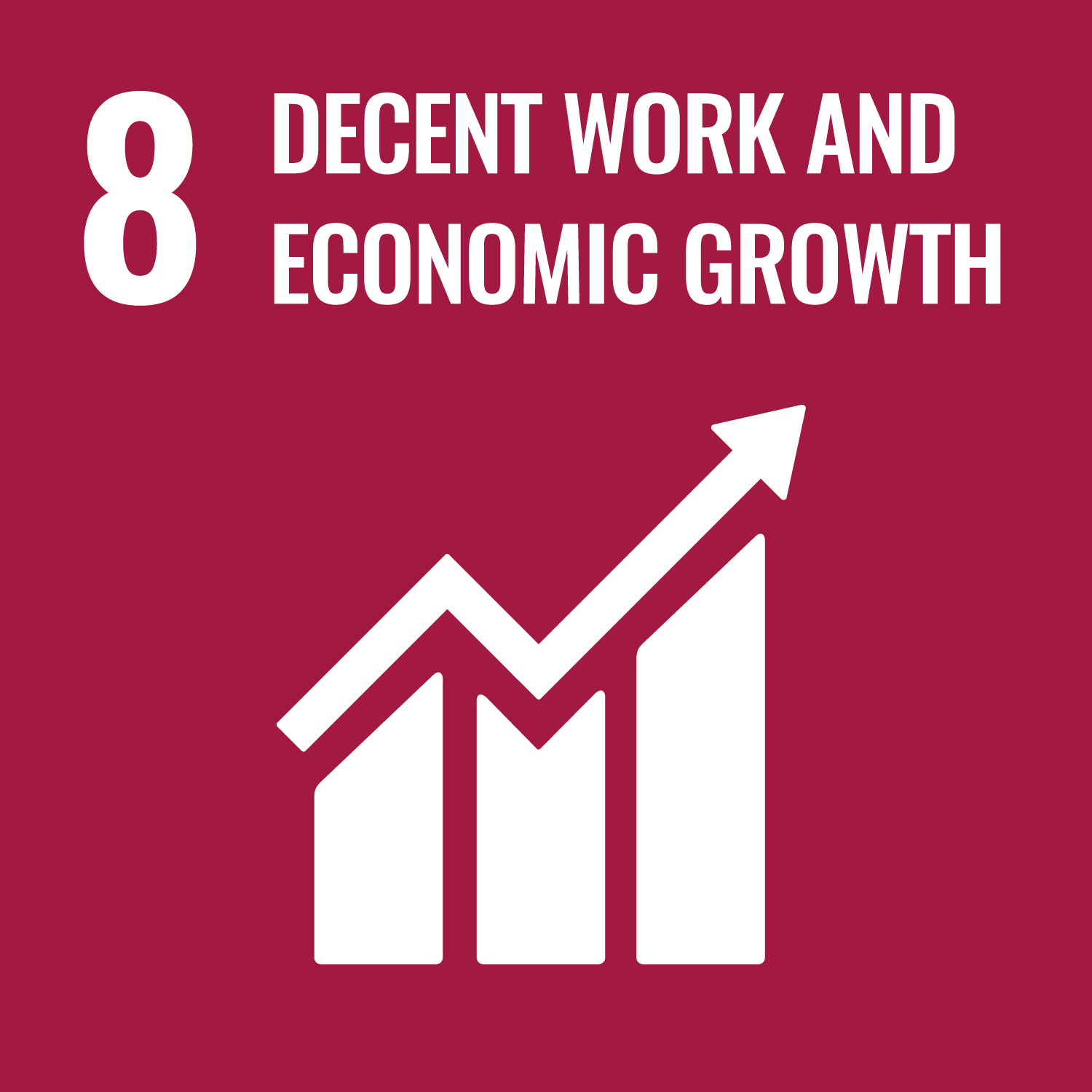

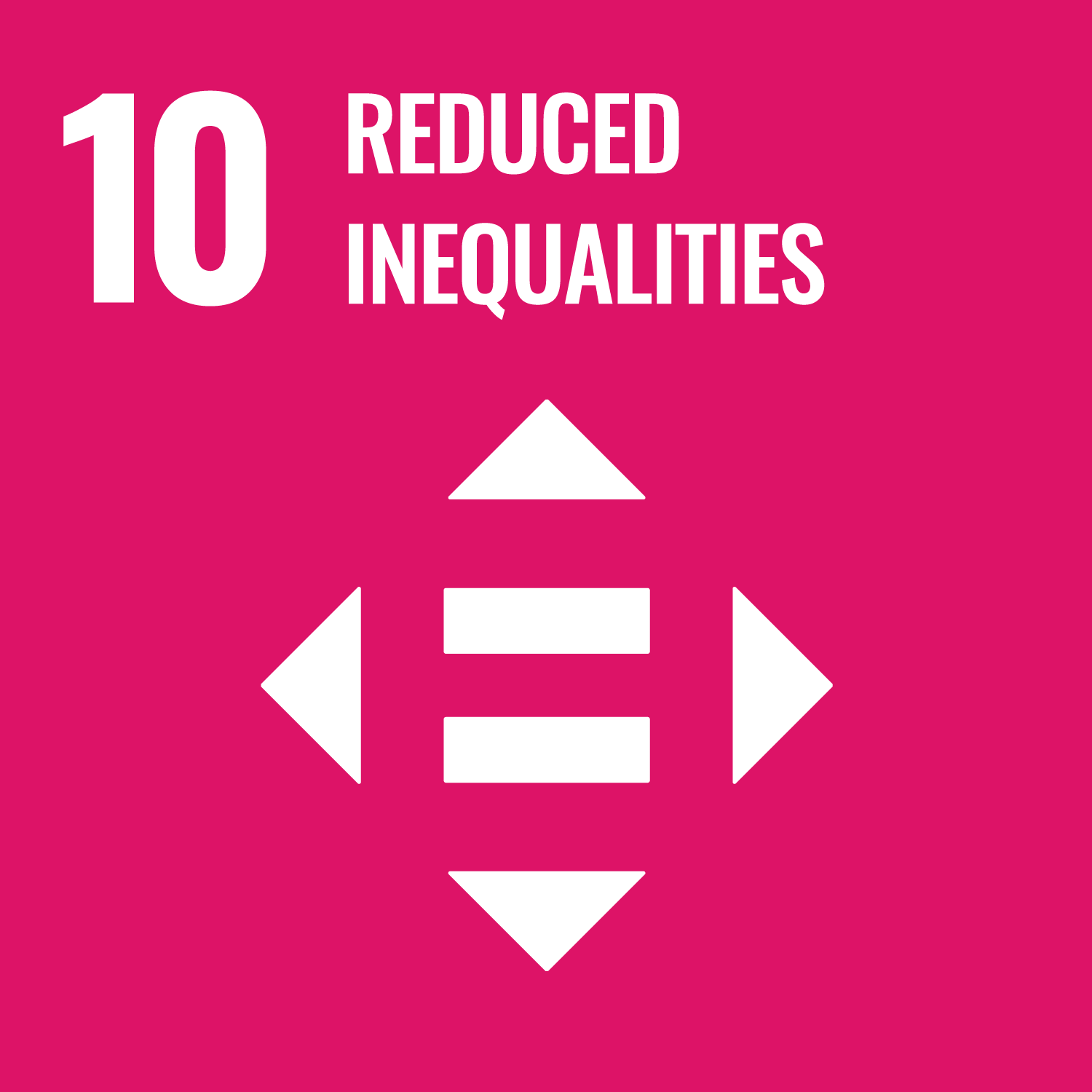
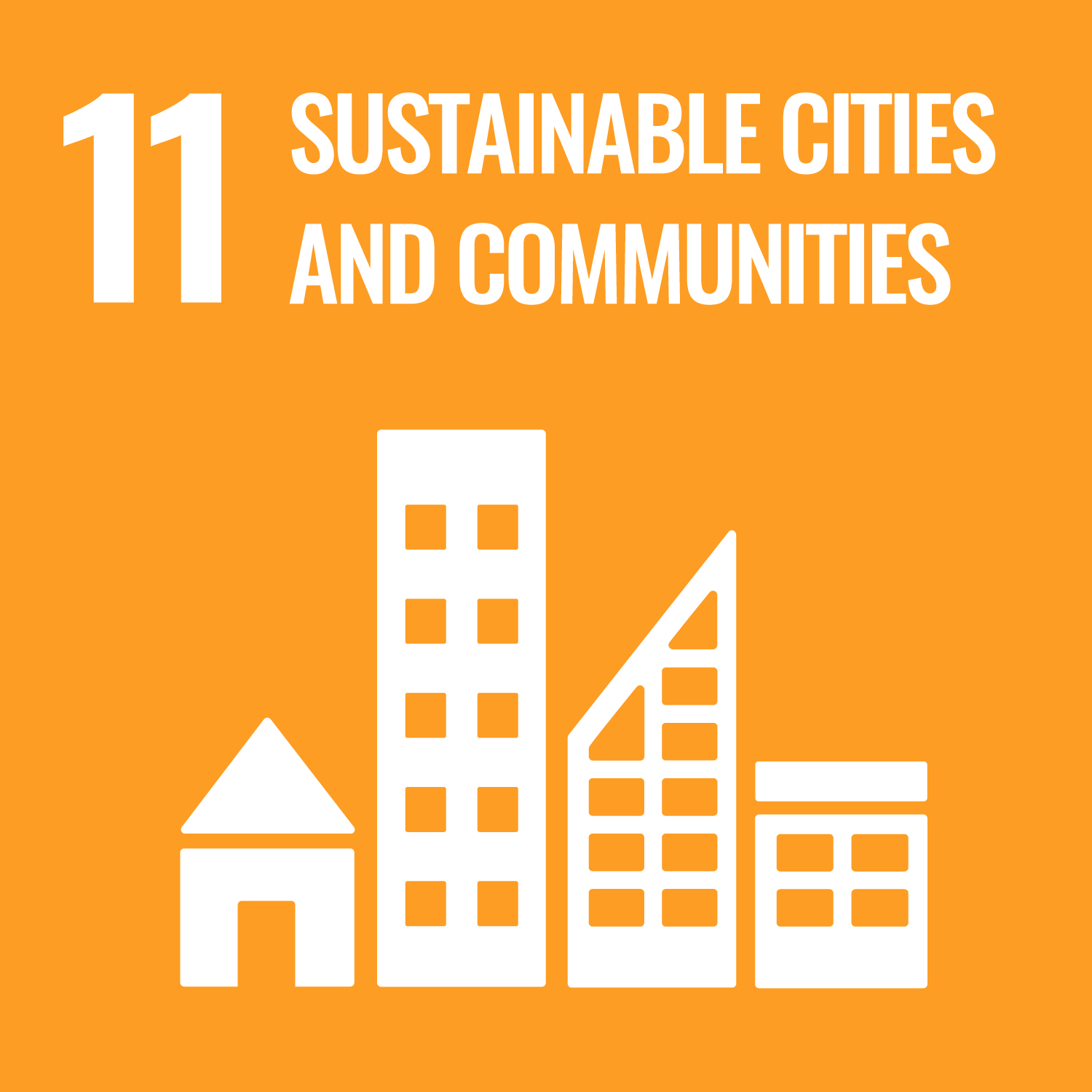

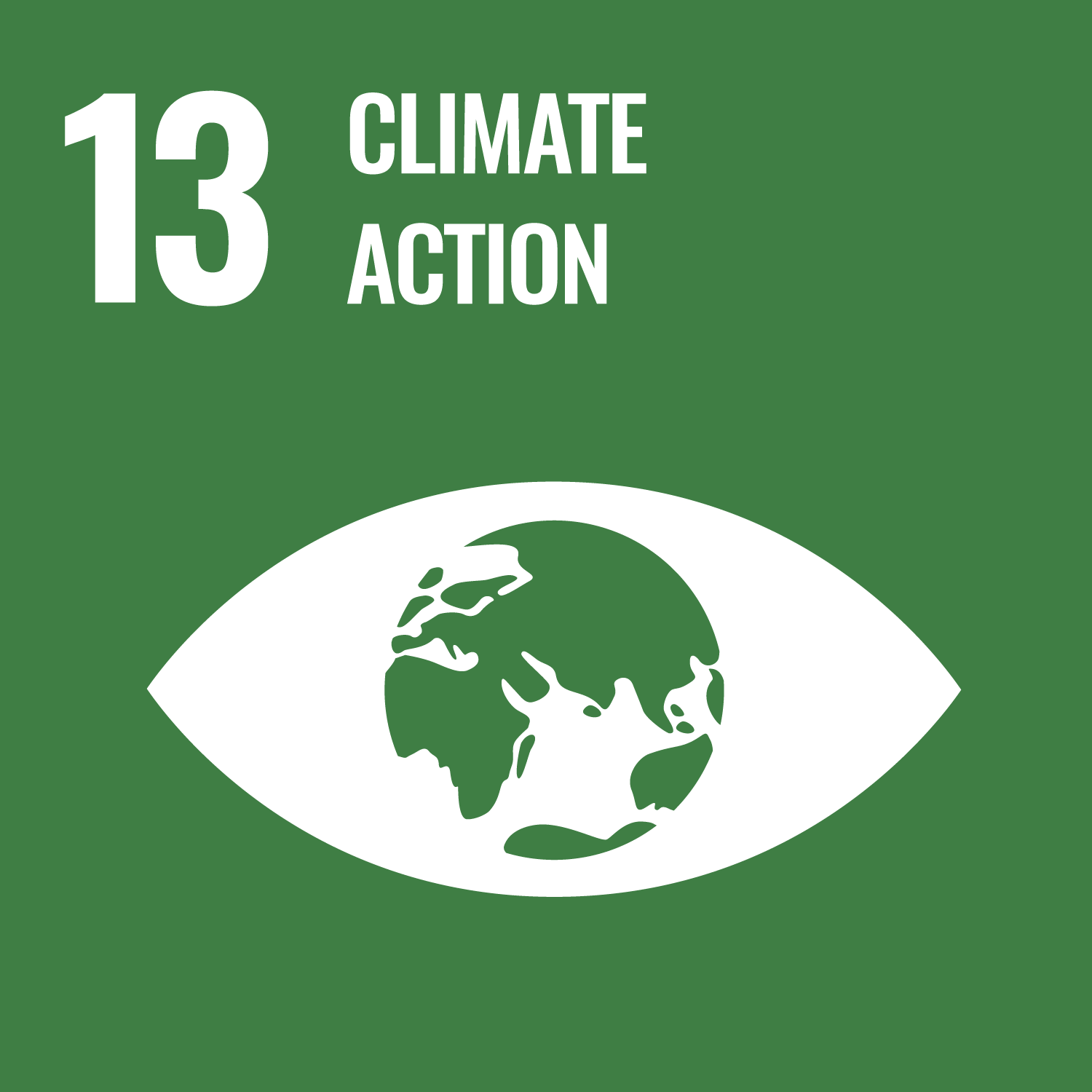
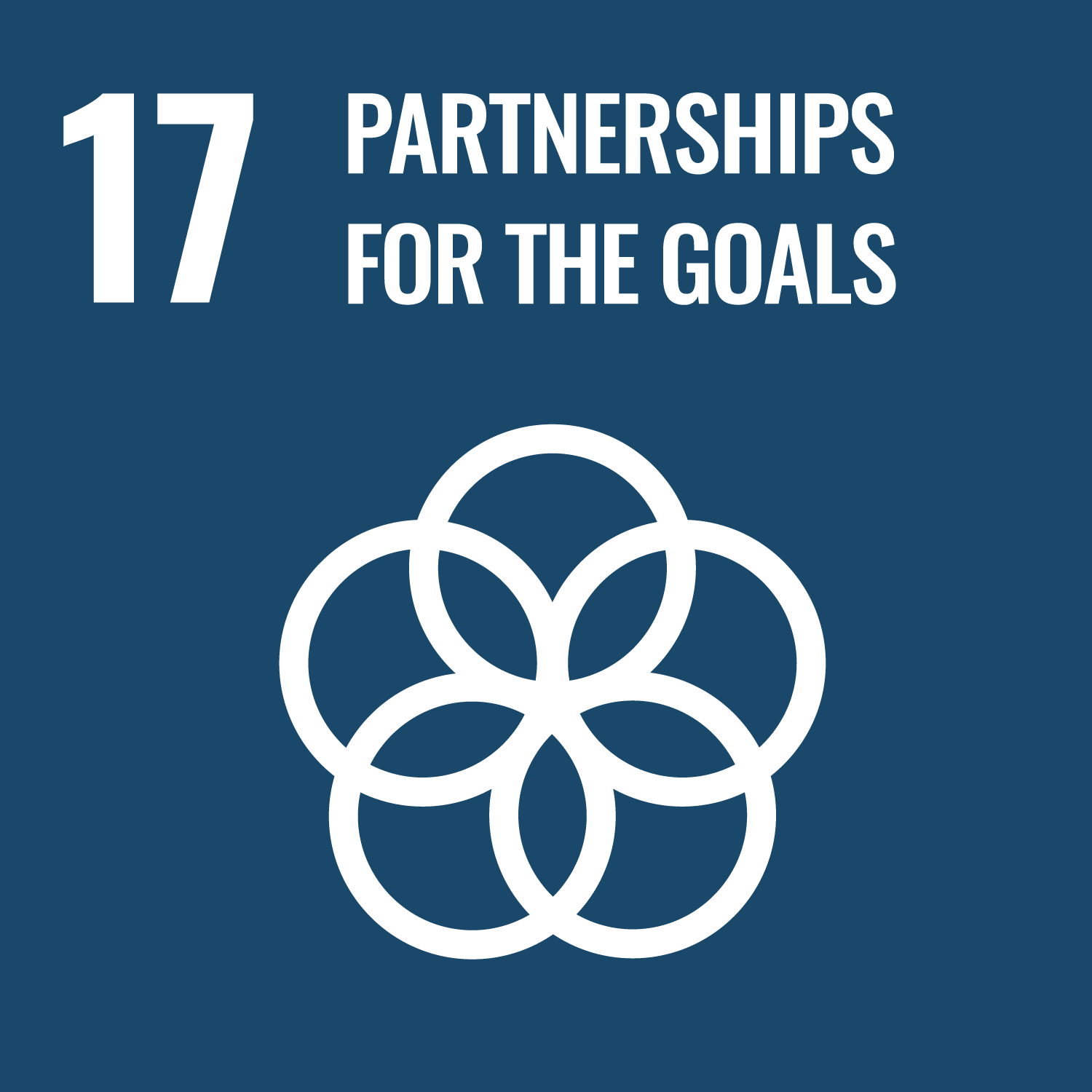
- 3.GOOD HEALTH AND WELL-BEING
- 4.QUALITY EDUCATION
- 5.GENDER EQUALITY
- 6.CLEAN WATER AND SANITATION
- 7.AFFORDABLE AND CLEAN ENERGY
- 8.DECENT WORK AND ECONOMIC GROWTH
- 9.INDUSTRY, INNOVATION AND INFRASTRUCTURE
- 10.REDUCED INEQUALITIES
- 11.SUSTAINABLE CITIES AND COMMUNITIES
- 12.RESPONSIBLE CONSUMPTION & PRODUCTION
- 13.CLIMATE ACTION
- 17.PARTNERSHIPS FOR THE GOALS
Last modified : Wed Feb 19 04:06:18 JST 2025
